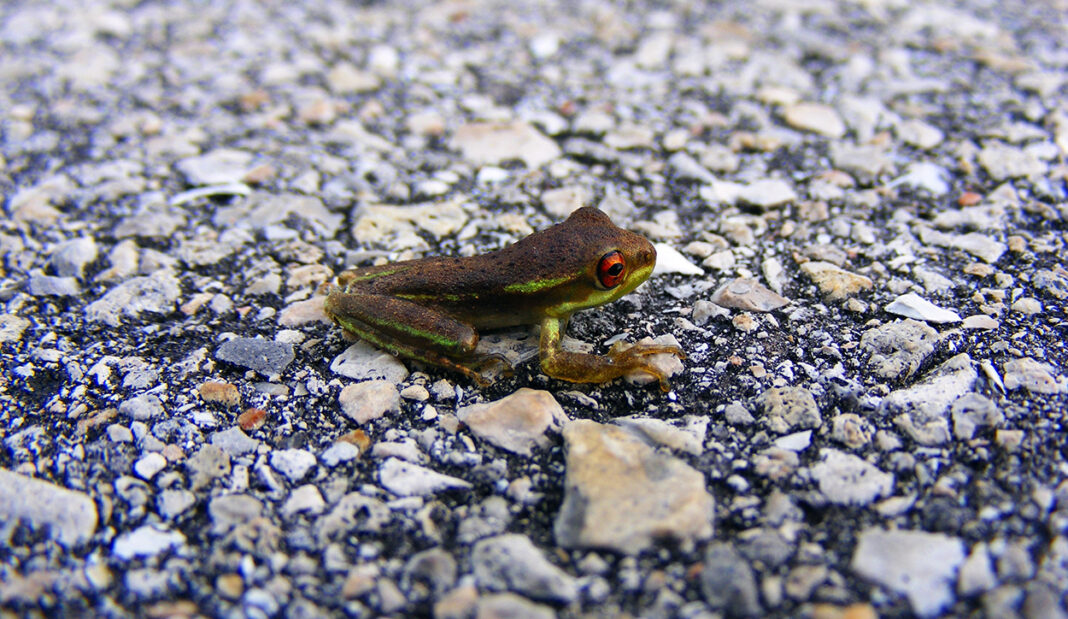Submitted by the WI DNR
MADISON, WI – The Wisconsin Department of Natural Resources (DNR) encourages the public to report when and where they see frogs, salamanders, lizards or snakes, known collectively as herptiles, crossing the road during the late summer and early fall.
As the end of summer approaches and brings cooler temperatures, herptiles will soon begin crossing roads as they migrate from breeding and summer foraging locations to hibernation areas. Snakes and lizards in particular may see a stretch of gravel or pavement as an opportunity to gain warmth on the heated pavement, putting themselves in danger of being hit by vehicles in the process.
By reporting their sightings of these reptiles and amphibians on and around Wisconsin’s roads, drivers can help researchers better understand where their populations occur and save more of them in the future.
“Our goal is to fill in gaps of where these animals are found in Wisconsin and how they’re doing in the state so we can better protect them,” said Rich Staffen, DNR conservation zoologist. “Identifying high road mortality areas helps us know where we can incorporate mitigation efforts to reduce the threat to crossing animals in those locations.”
Drivers and trail users can submit a report of their sightings of live crossings or road mortalities, preferably with a photo, via the DNR’s Reptile and Amphibian Mortality Reporting Form.
Putting the brakes on species decline – Over half of Wisconsin’s reptiles are endangered, threatened or of special concern. A special concern species means their population is declining and in need of conservation action.
Wisconsin Herptiles by the numbers:
| Amphibians | Total Species | Rare Species (% Of Total Species Present) |
| Frogs and toads | 12 | 3 (25%) |
| Salamanders | 7 | 1 (14%) |
| Reptiles | ||
| Lizards | 4 | 3 (75%) |
| Turtles | 11 | 4 (36%) |
| Snakes | 22 | 14 (64%) |
Learn more about the herptiles of Wisconsin on the DNR’s Reptile and Amphibian webpage.






